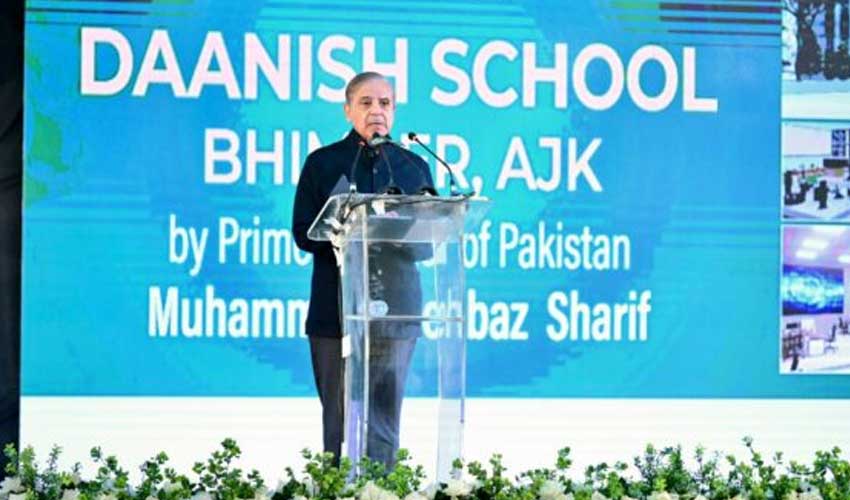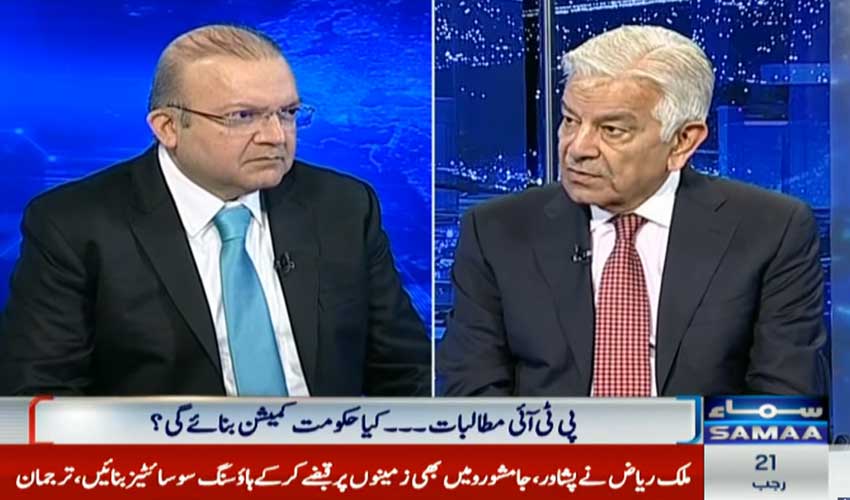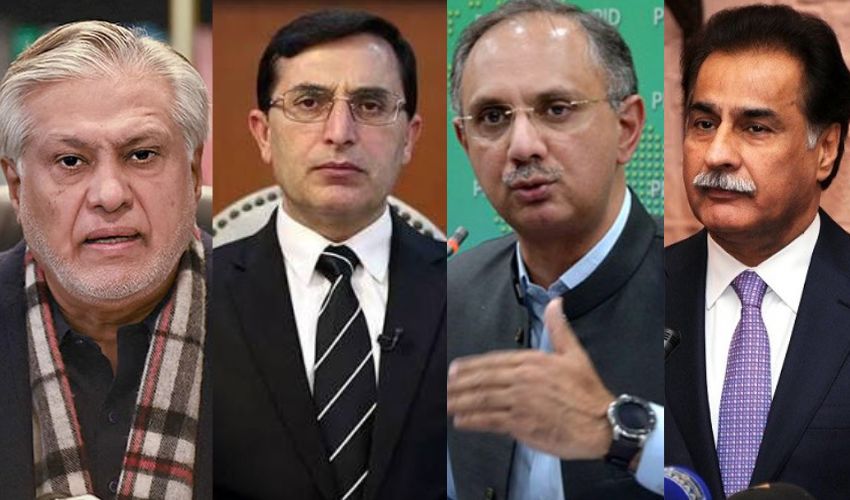Punjab's major cities, including Lahore, Multan, and Faisalabad, are currently battling severe air pollution as the region faces a persistent smog crisis.
The air quality Index (AQI) in Lahore has surged past 600, reaching hazardous levels, with no immediate improvement in sight for the next two days. This toxic air has already started to affect the health of citizens, causing a sharp rise in respiratory issues, including eye irritation and throat infections.
As a result, many residents are reporting increased cases of coughing and breathing difficulties, with hospitals seeing a spike in patients suffering from respiratory conditions.
In Lahore, the air quality has remained critically poor, and experts warn that it could take days for conditions to improve.
Multan, ranked as the second most polluted city, is also facing an alarming AQI of 447. This has placed additional strain on the local health system as residents continue to suffer from the severe effects of air pollution.
In response to the growing crisis, the Punjab government has imposed strict measures to curb pollution.
The provincial government has issued an ultimatum to private vehicle owners, giving them seven days to address the issue of smoke-emitting vehicles.
To further control the situation, the government has implemented a ban on heavy traffic entering cities after 11 PM, and has already fined over 9,000 vehicles that have been found to violate emissions standards.
Despite these efforts, many citizens have been slow to comply with the government's guidelines.
Large gatherings in public parks, particularly on weekends, are contributing to the worsening air quality as families continue to engage in outdoor activities, seemingly unaware of the health risks.
In Faisalabad, the AQI has reached 253, indicating dangerously polluted air, and local authorities are urging the public to stay indoors as much as possible.
Watch live coverage



























